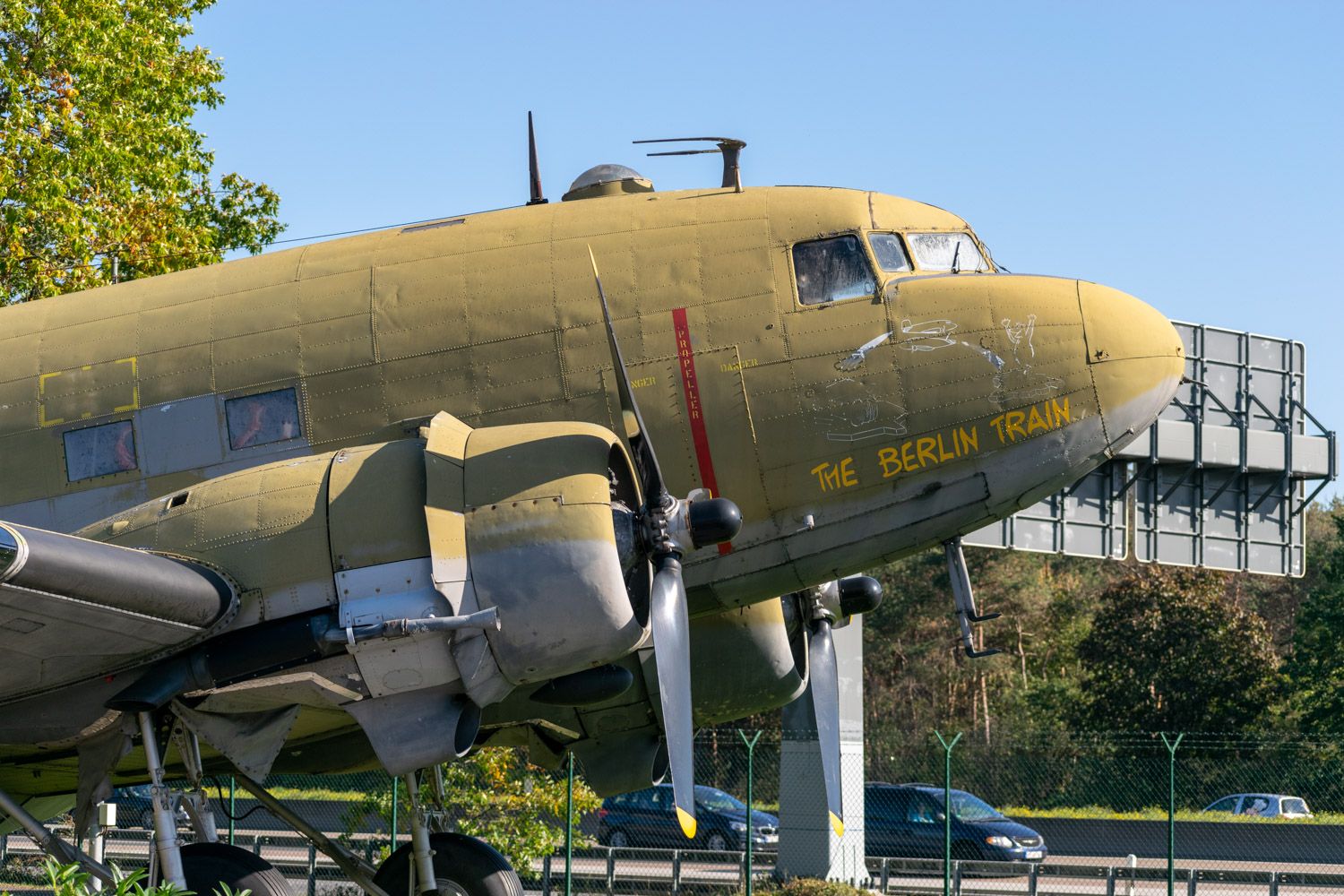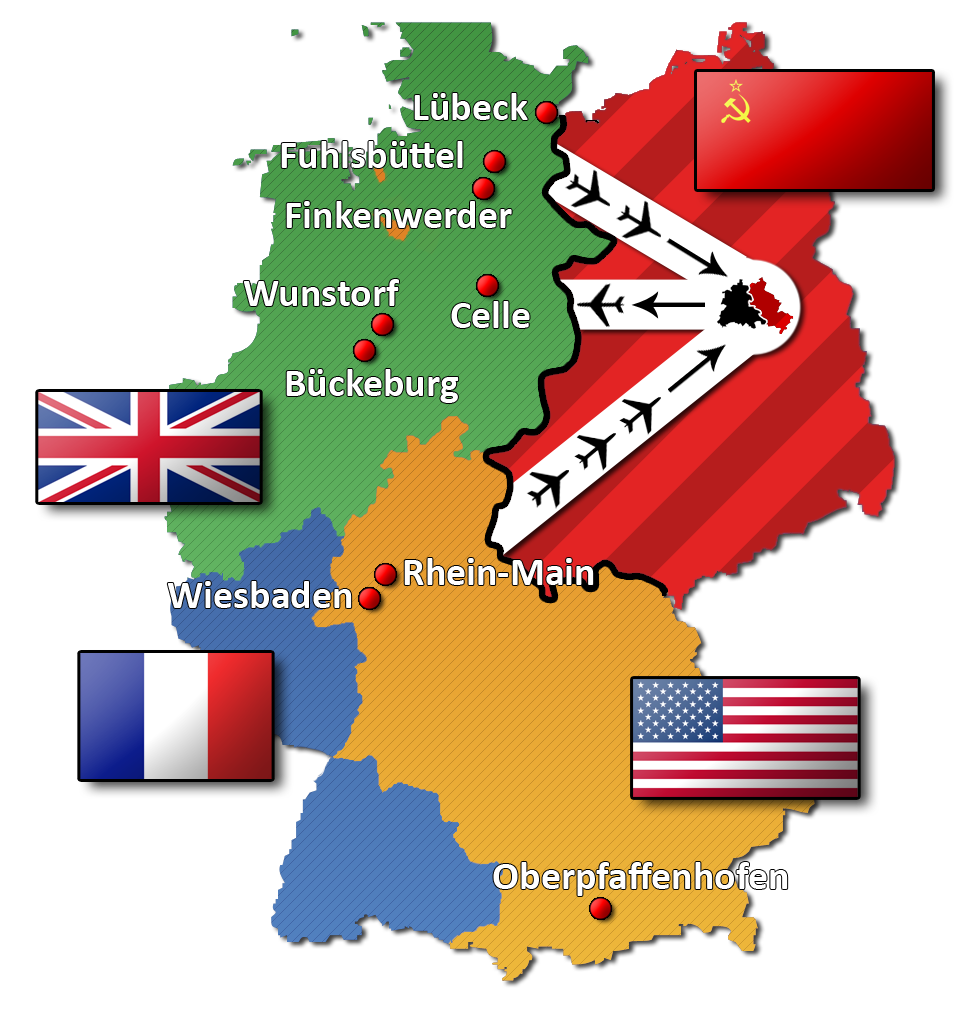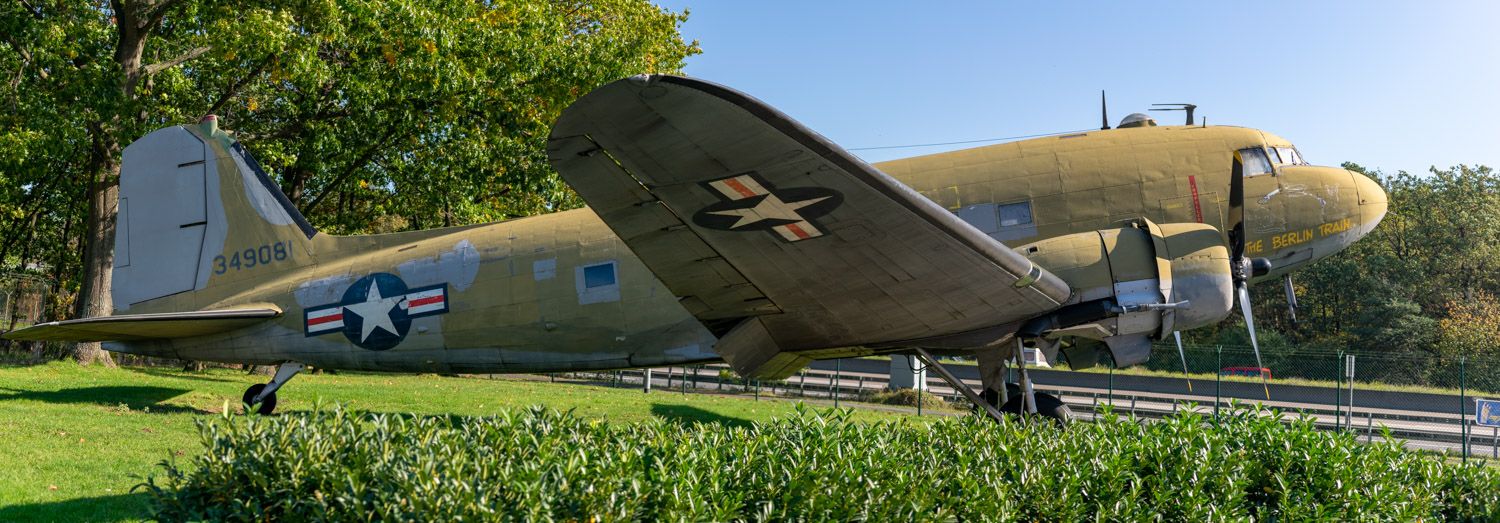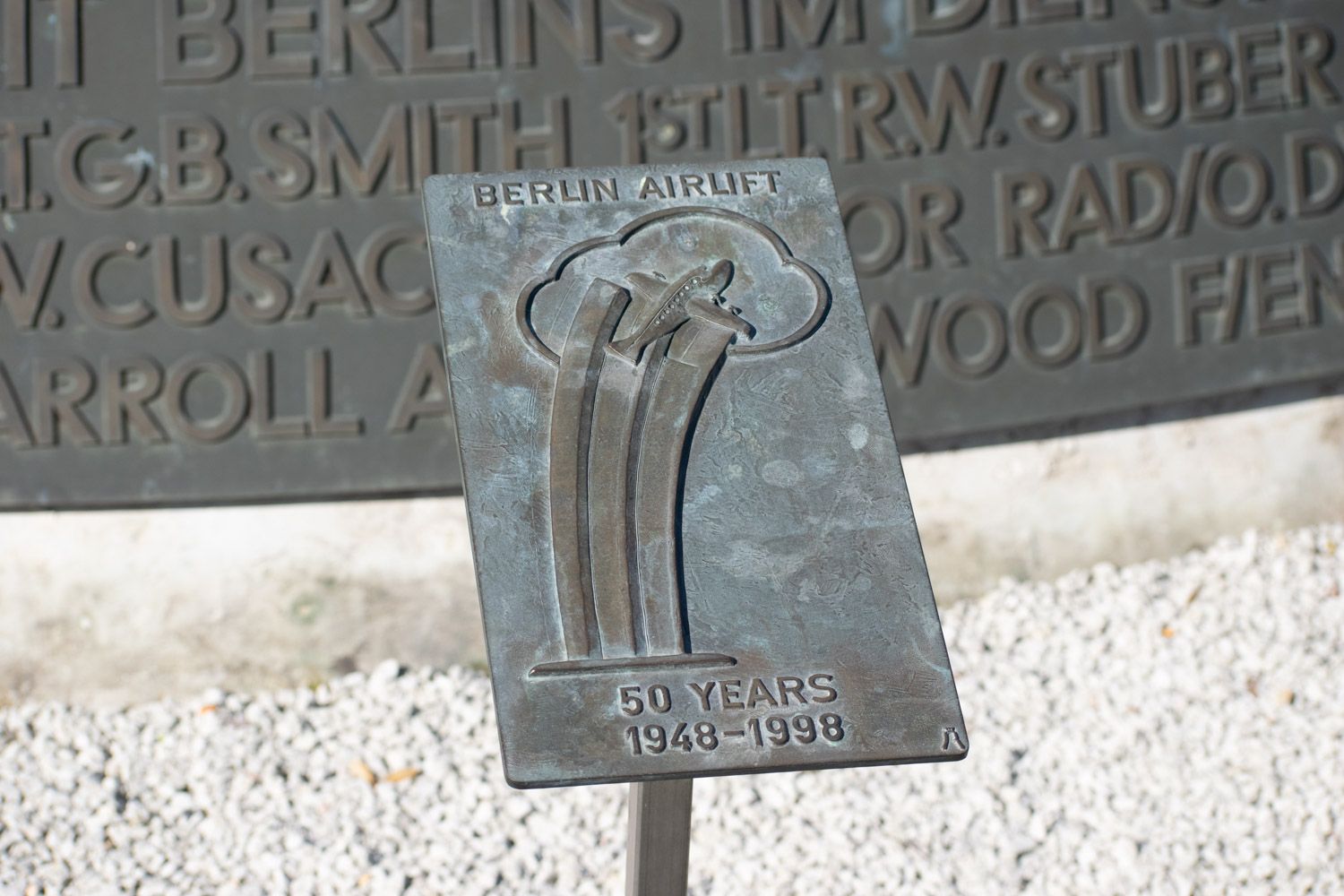Summary
- The Berlin Airlift was a critical operation that supplied West Berlin with resources for 15 months, preventing the Soviet administration from starving the city.
- Over 2.3 million tonnes of supplies were transported via airlift, with approximately 670 flights per day ensuring a constant flow of resources to West Berlin.
- The success of the Berlin Airlift led to the lifting of the Soviet blockade, and monuments now commemorate the operation, including at Frankfurt Airport, where visitors can learn about the airlift and see historic aircraft.
After the Second World War, Germany was divided into four zones, each administered by one of four countries. As part of the agreement, Germany's capital city, Berlin, was also divided into four sections. However, the city was entirely surrounded by the Soviet zone of Germany.
This meant that all access to West Berlin, administered by the United Kingdom, France, and the United States, had to pass through the Soviet portion of the country. When land access was cut off, the governments of the Western countries had a problem. They could no longer supply the city by railway, road, or canal.
What about via air?
Britain, the US, and France had never agreed on ground passage to West Berlin. It was just implied. This meant that when the Soviet administration cut it off, nothing could be argued against it. Despite this, in a stroke of luck, the four nations had agreed on access to three corridors of airspace between their zones and West Berlin. One from the Frankfurt Airport area, one stretching towards Celle, and a final one towards the North of the British zone.
These three air routes between West Germany and West Berlin proved vital for the community's continuation. The British, French, and American parts of Berlin required huge amounts of resources to supply the city. In turn, these aerial corridors halted the Soviet attempts to starve out West Berlin.
Love aviation history? Discover more of our stories here
15 months of supplies
The Berlin Airlift operated for 15 months, from June 1948 until September 1949. According to History.com, at the start of the airlift, 5,000 tons of supplies were being ferried to Berlin every day. However, this increased to 8,000 tons towards the end of the 15-month operation.
A total of 2.3 million tonnes were conveyed via airlift during that 15-month period. However, the sheer number of flights conducted is also impressive. The total number of flights lies somewhere around 300,000 for the duration of the operation. Divided into 15 months, this equates to 20,000 a month, which, further divided by 30 days, gives an average of 666 flights per day. In fact, an aircraft is said to have taken off or landed in West Berlin roughly every 30 seconds. These aircraft were largely cargo aircraft from the British, American, and French bases.
Lasting legacy
Thanks to the airlift's success, the Soviets gave up their blockade of Berlin. It became clear that its intended goal would not be achieved. However, despite the blockade being lifted in May, the airlift continued until September, just in case it was suddenly reinstated.
Today there are monuments to the airlift, including at Frankfurt Airport, remembering the operation. Frankfurt Airport, the Aviation Capital of Germany, allows visitors to see a couple of aircraft used during the operation and learn about the event itself. There is also a portion of the Berlin Wall on display. The site is adjacent to one of the area's official planespotting zones and can easily be reached from a suburban train station just outside Frankfurt called Zeppelinheim.
Do you remember the Berlin Airlift? Have you visited the monument in Frankfurt? Let us know in the comments!
Sources: History.com





